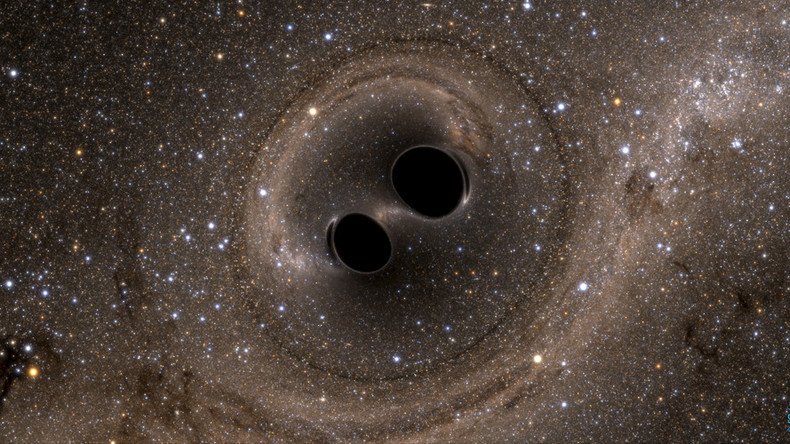Artificial black hole ‘grown’ by Israeli physicist claims to prove Stephen Hawking’s key theory

More than four decades after famed theoretical physicist Stephen Hawking concluded black holes aren’t entirely black, a scientist in Israel says he’s proven it.
The theory goes that a certain amount of high-energy radiation escapes the gravitational pull of the light-sucking region of space-time.
Jeff Steinhauer, a physicist at the Israel Institute of Technology, created what he calls an artificial black hole to test the theory of Hawking Radiation and has now announced the results.
Up until 1974 when Hawking published his paper, physicists believed nothing could escape from a black hole, not even light.
Hawking argued black holes do radiate certain particles which bring some of the hole’s energy with it as they escape.
This explains why the ultimate “no go” areas grow smaller over time and eventually disappear.
As technology is not yet capable of observing such small amounts of radiation, if it does in fact exist, scientists have been left to use black hole simulators to test the hypotheses, which is what Steinhauer used in his lab.
Based on a proposal from 1981, the simulation known as a Bose-Einstein condensate (BEC), which is based on sound, not light, was built by Steinhauer in 2009.
It consists of cooling rubidium atoms inside a tube to a temperature that is mere billionths of a degree above absolute zero, -273 Celsius.
Supermassive black hole weighs in at 660mn times mass of Sun https://t.co/coL145v5odpic.twitter.com/0Cntsq6Q5C
— RT (@RT_com) May 8, 2016
Steinhauer has spent seven years trying to perfect the conditions of a black hole’s perimeter, or event horizon, where such radiation would occur.
Having this aspect of it pinned down, his study details how, after running his experiment 4,600 times, Steinhauer observed what Hawking had predicted decades ago.
As the experiments are based on lab-grown black holes, Hawking’s theory cannot be proven true in its application to a real black hole, at least until the Enterprise flies into one with shields on maximum to get some readings.













